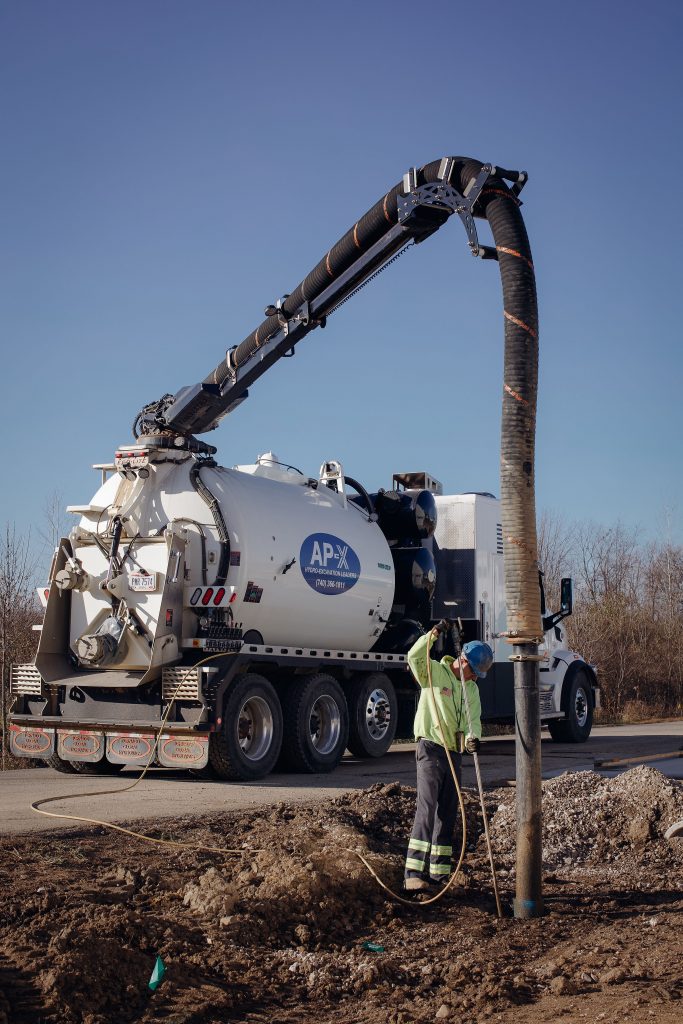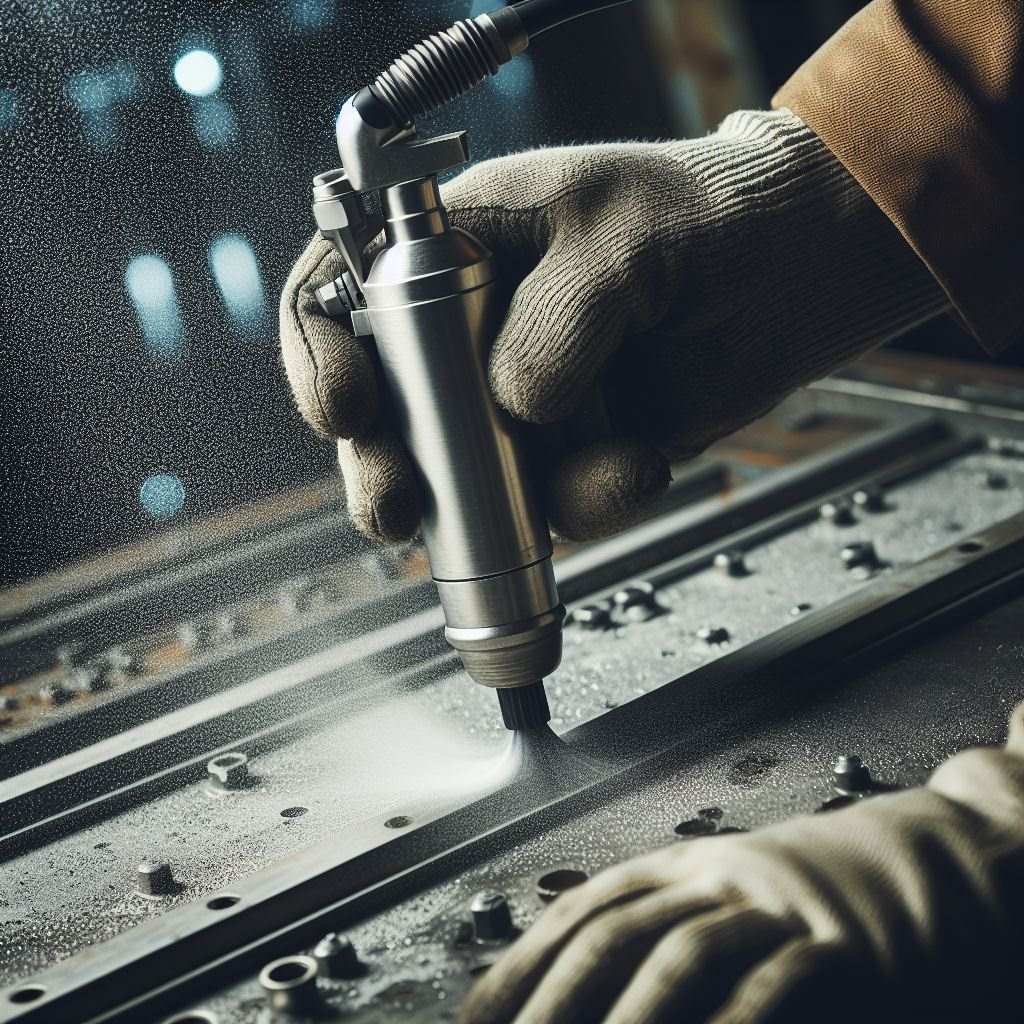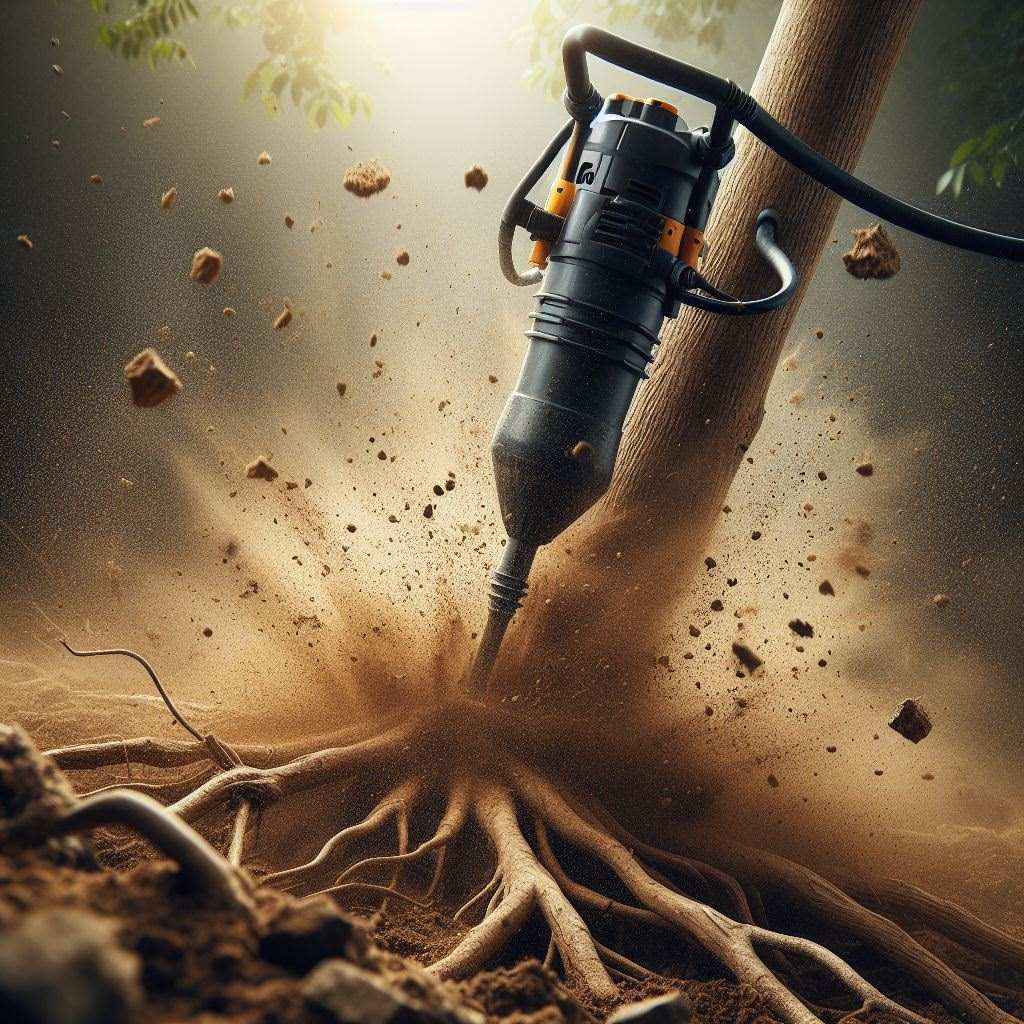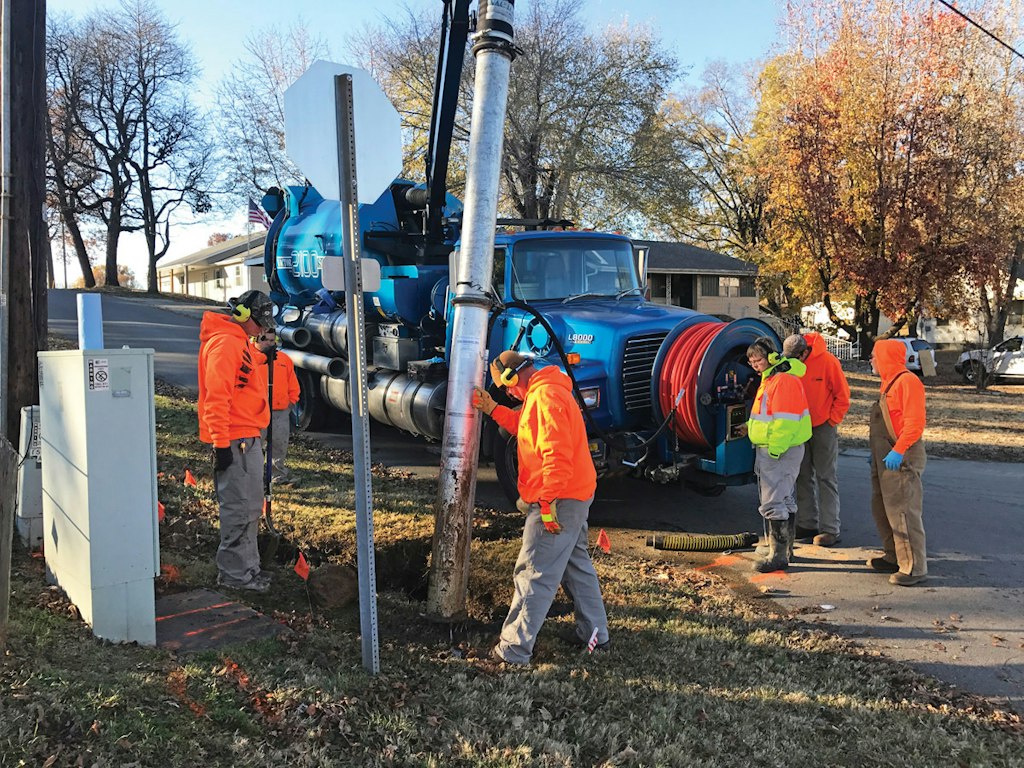Air excavation is a modern and increasingly popular technique in the excavation industry, known for its precision and safety. This method uses high-pressure air to remove or displace soil, making it ideal for delicate excavation tasks where traditional methods might damage underground utilities or tree roots. In this blog, we’ll explore various tools used in air excavation, highlighting their functions and specific applications.
Air Vacuum Excavator
The air vacuum excavator is a key tool in air excavation. It uses high-pressure air to loosen the soil, which is then removed by a powerful vacuum system. This tool is particularly effective for safely exposing underground utilities, such as water, gas, or telecommunication lines. The precision of the air vacuum excavator minimizes the risk of damage to these delicate structures, making it a preferred choice for urban excavation projects.
Air Knife
The air vacuum excavator is a key tool in air excavation. It uses high-pressure air to loosen the soil, which is then removed by a powerful vacuum system. This tool is particularly effective for safely exposing underground utilities, such as water, gas, or telecommunication lines. The precision of the air vacuum excavator minimizes the risk of damage to these delicate structures, making it a preferred choice for urban excavation projects.
Air Spade
The air spade is another handheld tool, similar to the air knife, but it’s designed to handle slightly larger and tougher excavation tasks. It’s often used for soil aeration, root excavation, and trenching in sensitive areas. Landscapers frequently use air spades to transplant trees or to excavate around existing root systems without causing harm.
Soil Surgeon
The Soil Surgeon is a specialized tool combining the functions of an air knife and a vacuum. It injects high-pressure air into the soil to break it up, then immediately sucks up the loosened material. This tool is highly efficient for larger-scale projects that require both precision and speed. It’s often used in urban construction sites for quickly and safely exposing buried utility lines.
Hydro-Air Excavator
While primarily using water for excavation, the hydro-air excavator incorporates air in the excavation process. It’s particularly effective in muddy or clay-heavy soils where air excavation alone might be less efficient. This tool is often used in situations where water will not cause harm to the surrounding infrastructure, such as in large open fields or rural areas.
Conclusion
Air excavation tools offer a range of solutions for different excavation needs. From delicate tasks like exposing underground utilities to more robust applications like soil aeration and trenching, these tools provide a safer, more precise alternative to traditional excavation methods. For companies like In-Depth Excavation, understanding and utilizing these tools can significantly enhance the efficiency and safety of their excavation projects.
Frequently Asked Questions About Air Excavation
Air excavation is a non-destructive digging method that uses high-pressure air to loosen soil, which is then removed by a vacuum system. This technique is known for its precision and is particularly effective in sensitive areas where traditional excavation methods might be too invasive.
Air excavation is ideal for projects that require careful excavation around underground utilities, tree roots, or in congested urban areas. It’s also preferred for tasks like trenching, soil aeration, and archaeological digs where minimal disturbance to the surrounding environment is crucial.
Yes, air excavation is generally safer than traditional methods. It reduces the risk of damaging underground utilities, which can lead to costly repairs and safety hazards. It also minimizes the impact on the surrounding ecosystem.
Air excavation is highly efficient, especially in delicate or congested areas. It allows for precise removal of soil without the need for manual digging, significantly speeding up the excavation process while reducing the risk of error.
Air excavation is versatile and can be used in a variety of soil types. However, in extremely hard or compact soils, supplementary methods like hydro-air excavation might be necessary for optimal results.
Air excavation is environmentally friendly as it reduces soil disruption and the potential for pollution. It’s a preferred method in eco-sensitive zones and urban settings where minimizing ecological impact is a priority.





